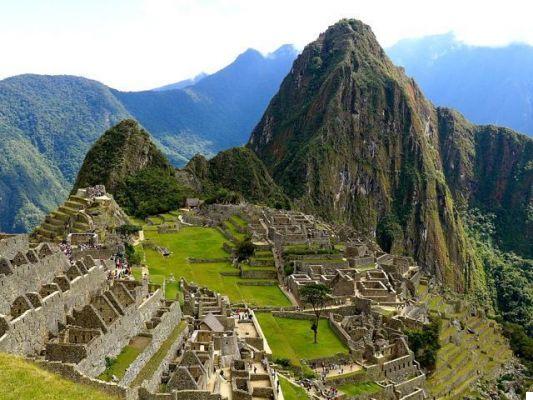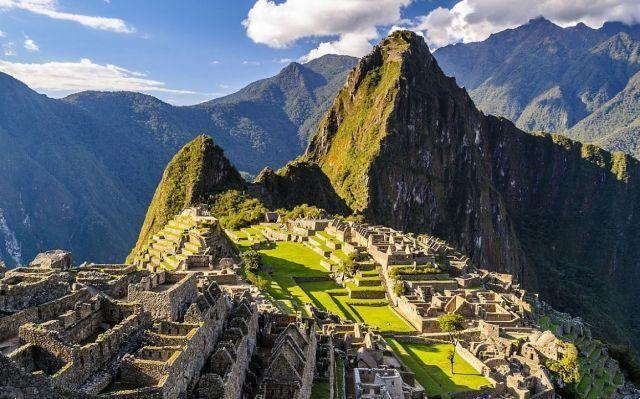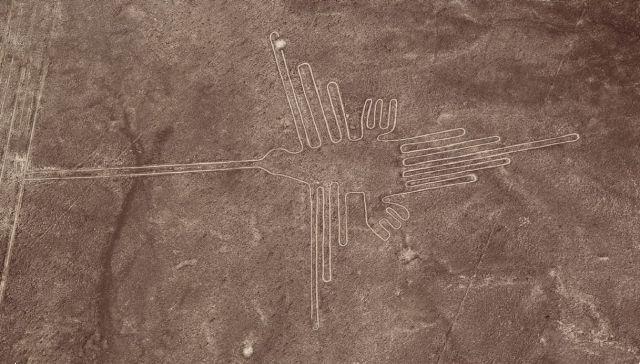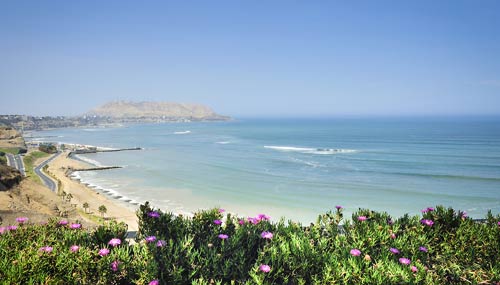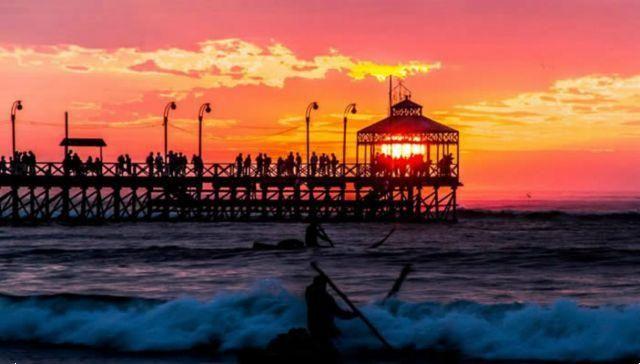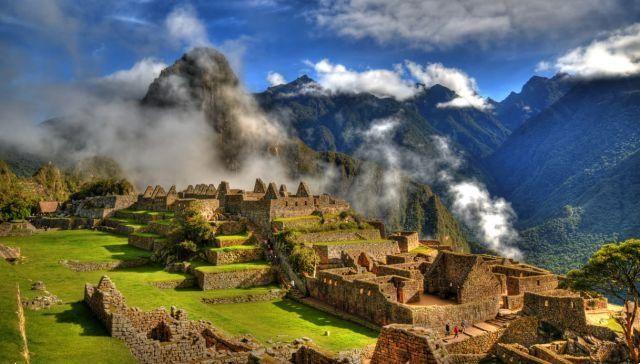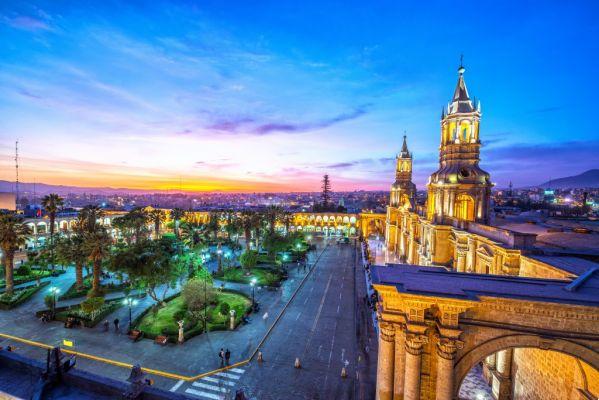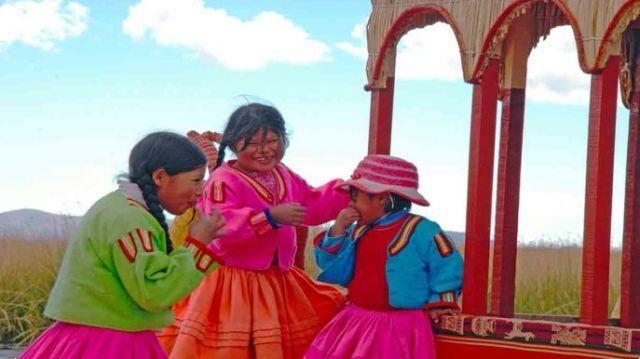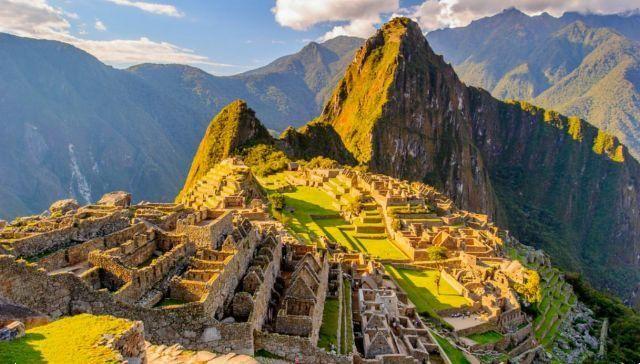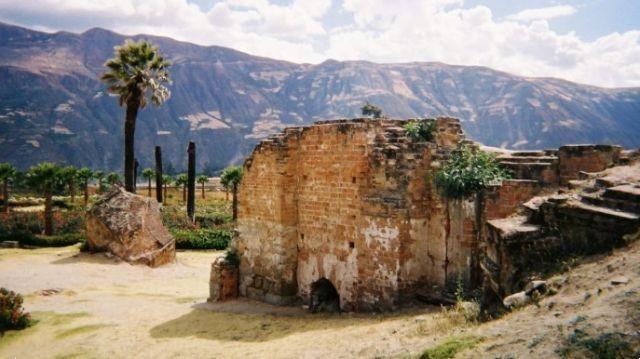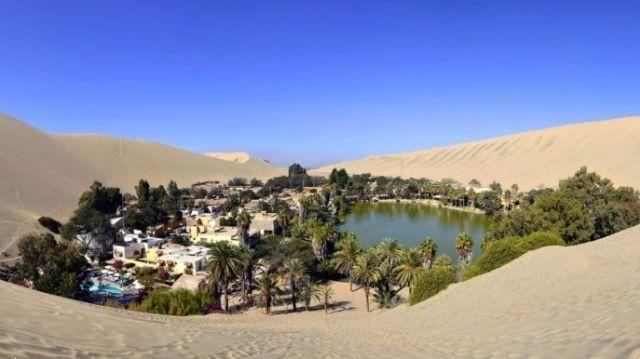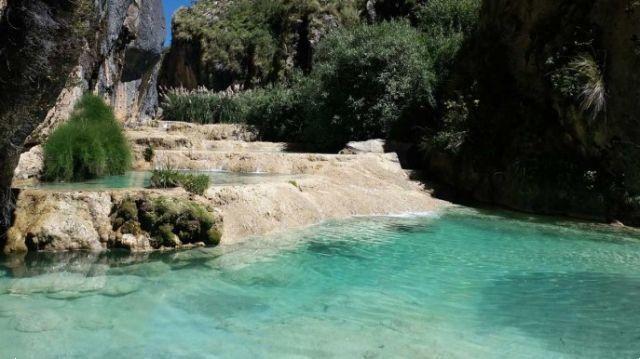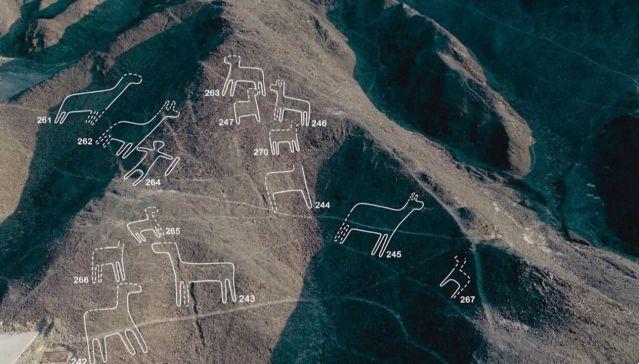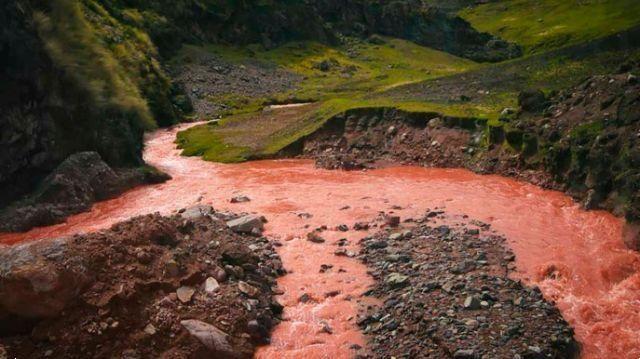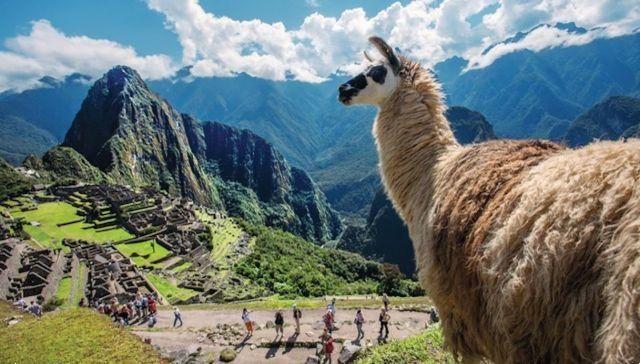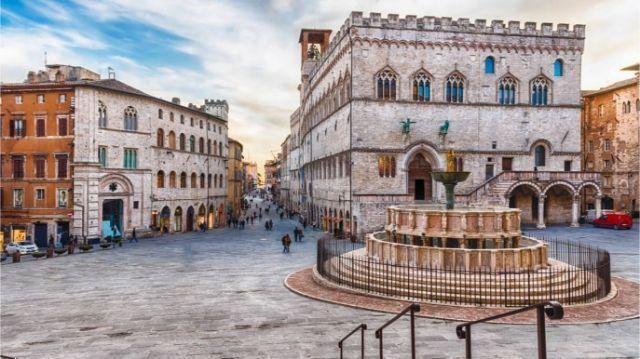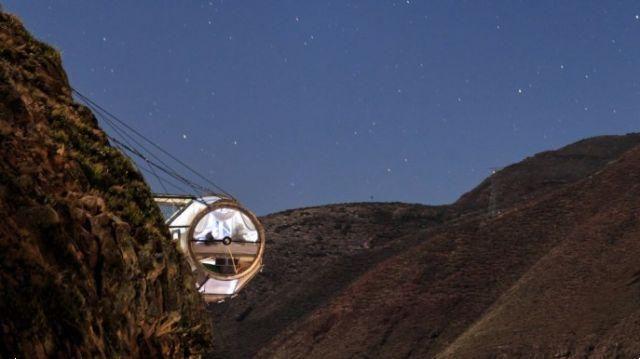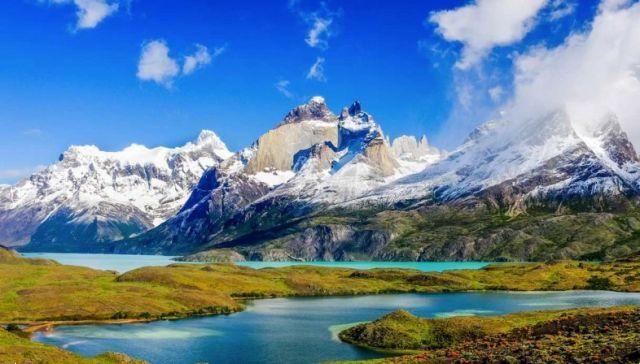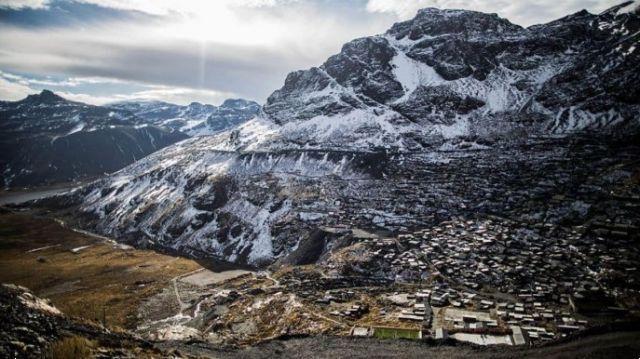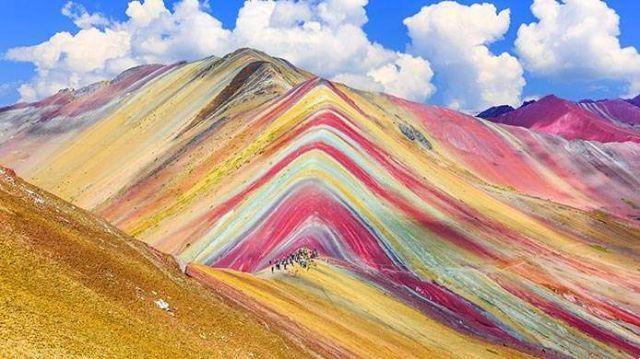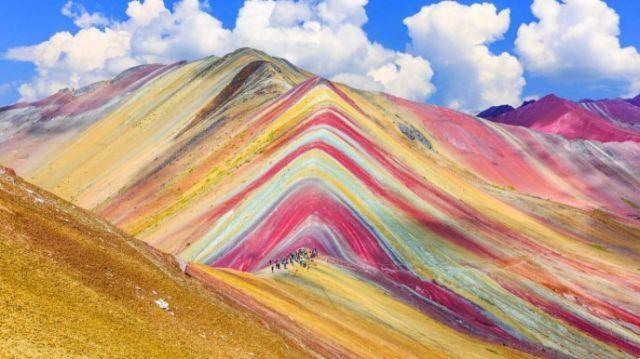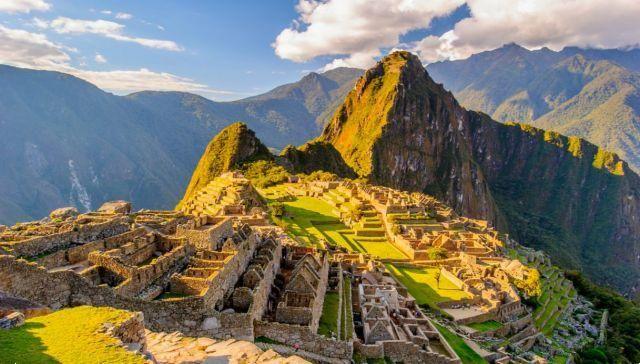 Visiting Peru between the end of May and the beginning of June is the best way to appreciate the Cusco region and witness the Inti Raymi rites.
Visiting Peru between the end of May and the beginning of June is the best way to appreciate the Cusco region and witness the Inti Raymi rites.
Il Perù over the years it has won the attention of thousands of visitors who have been able to grasp the charm of a hospitable country, both ancient and modern, rural and uncontaminated. UNESCO, which supports policies for the protection and valorisation of sites with high landscape, historical-architectural and artistic value, has included 12 Peruvian locations on the list of its “world heritage” and these include the city of Cusco and the historic sanctuary of Machu Picchu.
Here is an itinerary to discover the Cusco region, to get to know not only these two historical-naturalistic jewels, but also some gems, little-known places, beautiful and... good. To appreciate it at its best, plan your trip in the months of May-June, between the end of spring and the beginning of summer, in order to avoid the rainiest periods and to take advantage of the festivals that enliven the area.
To reach the Cusco region you can opt for a direct flight from Lima (an hour and a half journey) or, alternatively, book a seat on the long-distance buses that cross Peru (approximately 21 hours journey). From a climatic point of view, do not forget that Peru is located under the equator and the considerable extension of the country, the ocean currents and the presence of the sierra mean that different climatic conditions can be observed in the different regions: in spring-summer, the Cusco area has a dry and temperate climate (21°C almost all year round) while in Machu Picchu it is hot-humid and cool at night.
Cusco, the center of the world
Located at 3400 meters above sea level, Cusco it is the ancient capital of Peru and is located in the region of the same name, in a fertile basin in the Huatanay river basin. Sacked by Francisco Pizarro's troops and heavily damaged by earthquakes - not uncommon in the area - the city and its main buildings have undergone remodeling and reconstruction; however, its urban structure and many buildings from both the Inca era and the period of domination of the Spanish crown are still appreciable.
Start your visit to the historic center of Cusco from Plaza de Armas, which overlooks the cathedral dedicated to the Blessed Virgin Mary, built using construction materials from Inca sites, and positioned on the foundations of the palace of the ruler Viracocha, and the Inka Museum, which houses a vast collection of jewels and gold and ceramic objects as well as finely crafted textile products. Not far away, on the road called Hatunrumiyoc, go in search of the wall of the ancient palace of the Inca ruler Roca and the "stone of the twelve corners” which tells of the very high quality level of the engineering and architectural works of the imperial era. Also don't miss the site of Coricancha and, 3 km from the centre, the ancient fortress of Sacsahuaman.
In the capital of pre-Hispanic Peru, in the month of June, parties and festivals are held which color the streets and squares of the city even more: starting with the Corpus Christi procession, during which the images of the Virgin and the patron saints of Cusco they are carried in procession through the center to the cathedral. But the highlight of the celebrations occurs on June 24th, when the entire imperial city mobilizes for theInti Raymi, or the "feast of the sun", the ceremony that recalls the Inca rites linked to the solstice and which takes place in the Coricancha area, concluding in the Sacsahuaman esplanade.
In recent years, Peru has attracted the attention of gourmet tourists who wish to know the secrets of Novo Andean cuisine and visit one of the undisputed protagonists of world cuisine, the Peruvian Gastón Acurio. If you like the idea, in Cusco there is the Chicha restaurant which offers regional cuisine "according to Gastón Acurio", or, returning from your tour of the Inca capital, you can go and visit him directly at the Astrid y Gastón restaurant, in the district of San Isidro, in Lima.
Machu Picchu, unparalleled beauty between the Andes and the Amazon
For many tourists, Peru is first and foremost Machu Picchu. The historic sanctuary, a world heritage site since 1983, is located at 2.340 meters above sea level and can be reached from Cusco on foot via theInca Trail, or via the blue train. Both arrive at Aguas Calientes and from there you will have to walk to the archaeological area, where not even the Spanish conquerors managed to set foot, or take a shuttle that climbs the unlikely mountain roads.
It was Yale University professor Hiram Bingham, at the beginning of the twentieth century, who revealed to the world the existence of the lost city of Machu Picchu. The excavations brought to light over 200 structures with religious, agricultural, civil and residential functions perched on artificial terraces supported by dry stone walls. Wonderfully grafted into the surrounding environment, on the Peruvian Andes and a short distance from the Amazon basin, the site is also characterized by its remarkable biodiversity, with the presence of endemic flowers and plants.
Around Cusco, Qoyllority and Pampacorral
The wonders of south-eastern Peru and the Cusco district do not stop here. Your spring itinerary at this point is ready to also touch smaller locations, but very interesting from a folkloristic, food and wine and cultural point of view. Fifty days after Easter, generally between May and June, the pilgrimage is held at sanctuary of the Signore di Qoylluriti, cultural heritage of Peru and intangible heritage of humanity: a rite that mixes customs of pre-Hispanic populations with Catholicism and which sees the involvement of thousands of people in traditional costumes who from the towns of the Cusco region head towards Sinakara, carrying statues and devotional images.
North-east of Cusco, you can reach the province of Calca and the district of Lares. The journey lasts approximately 3 hours and will allow you to come into contact with the most rural and authentic Peru. In the surroundings of the private protected natural area of Pampacorral, some varieties of sweet potato are also cultivated - among the hundreds that the Andean people have learned about for centuries - which the Slow Food foundation for biodiversity has chosen to actively safeguard.




